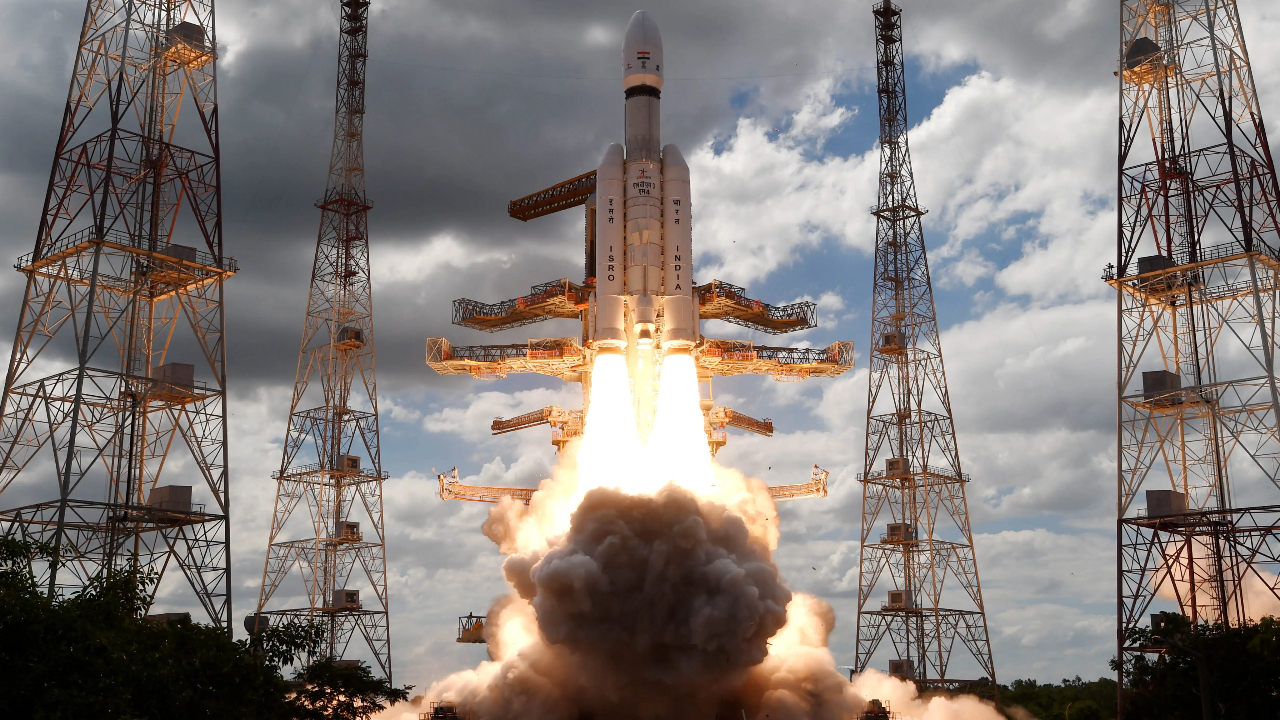India’s Space Journey: A Timeline of Milestones

India’s space program has a bright future. The country has the talent, the resources, and the ambition to achieve even greater things in the years to come.
ISRO is currently working on a number of ambitious projects, including a mission to Venus and a human space flight program. The country is also planning to launch a constellation of communication satellites and a network of ground stations to improve its space infrastructure.
India’s space program is a symbol of the country’s growing technological prowess. It is also a source of inspiration for young people who aspire to make a difference in the world.
Timeline of India’s space journey:
The Year 1962
The Indian National Committee for Space Research (INCOSPAR) is established. This was a major milestone in India’s space journey, as it marked the beginning of the country’s formal space program. INCOSPAR was headed by Dr. Vikram Sarabhai, who is considered the father of India’s space program.
The Year 1975
India launches its first satellite, Aryabhata, into orbit. This was a major achievement for India, as it made the country the 11th to launch a satellite into orbit. Aryabhata was a small satellite that weighed just 360 kilograms. It carried scientific instruments that were used to study the Earth’s atmosphere and radiation belts.
The Year 1980
India launches its first sounding rocket, Rohini. This was a sounding rocket, which is a type of rocket that is used to study the upper atmosphere. Rohini was a two-stage rocket that could reach an altitude of 100 kilometers.
The Year 1981
India launches its first satellite launch vehicle, SLV-3. This was a major milestone in India’s space journey, as it marked the beginning of the country’s ability to launch its own satellites into orbit. The SLV-3 was a three-stage rocket that could launch a satellite weighing up to 40 kilograms into a low Earth orbit.
The Year 1983
India launches its first remote sensing satellite, IRS-1A. This was a major milestone in India’s space journey, as it marked the beginning of the country’s ability to use satellites to study the Earth’s surface. IRS-1A was a remote sensing satellite that could collect data on the Earth’s land, water, and vegetation.
The Year 1992
India launches its first geosynchronous satellite, INSAT-1B. This was a major milestone in India’s space journey, as it marked the beginning of the country’s ability to launch satellites that could stay in orbit over the same point on the Earth. INSAT-1B was a geosynchronous satellite that could provide telecommunications, weather forecasting, and disaster management services.
The Year 1994
India launches its first manned space mission, the Space Capsule Recovery Experiment (SRE). This was a major milestone in India’s space journey, as it marked the beginning of the country’s human space program. The SRE was a suborbital mission that carried a dummy astronaut.
The Year 2008
India launches its first lunar mission, Chandrayaan-1. This was a major milestone in India’s space journey, as it marked the beginning of the country’s exploration of the Moon. Chandrayaan-1 was an orbiter that carried a number of scientific instruments that were used to study the Moon’s surface and composition.
The Year 2013
India launches its first Mars mission, Mangalyaan. This was a major milestone in India’s space journey, as it marked the beginning of the country’s exploration of Mars. Mangalyaan was an orbiter that carried a number of scientific instruments that were used to study Mars’ atmosphere and surface.
The Year 2014
India successfully soft-lands a spacecraft on the Moon, making it the fourth country to do so. This was a major achievement for India, as it made the country the fourth to soft-land a spacecraft on the Moon. The spacecraft, Vikram, was part of the Chandrayaan-2 mission.
The Year 2023
India successfully launches Chandrayaan-3, its third lunar mission. This was a major milestone in India’s space journey, as it marked the beginning of the country’s third lunar mission. Chandrayaan-3 is an orbiter, lander, and rover mission that will study the Moon’s surface and composition.
These are just some of the many milestones in India’s space journey. The country has come a long way since its first satellite launch in 1975, and it is poised to make even greater strides in the years to come.
India’s space program is not only about exploring new frontiers, but it is also about advancing science and technology. ISRO is constantly developing new technologies that have applications in a variety of fields, including medicine, agriculture, and disaster management.
The space program has also helped to boost India’s economy. The space industry in India is worth billions of dollars, and it is expected to grow even larger in the years to come.





